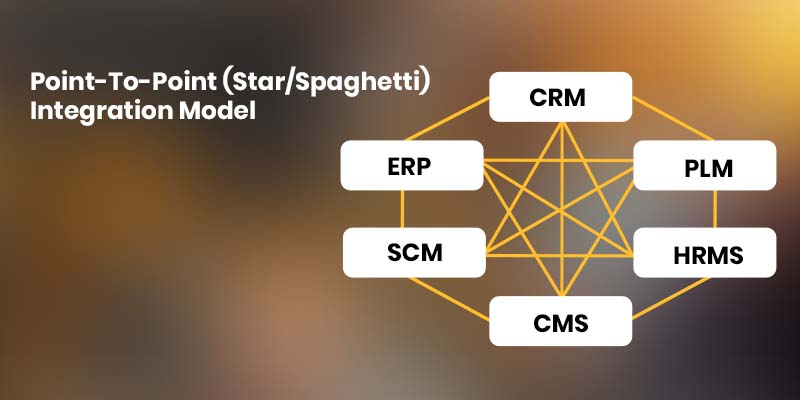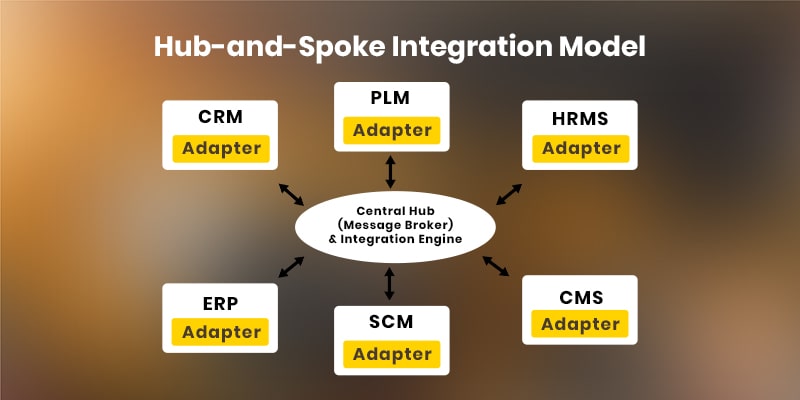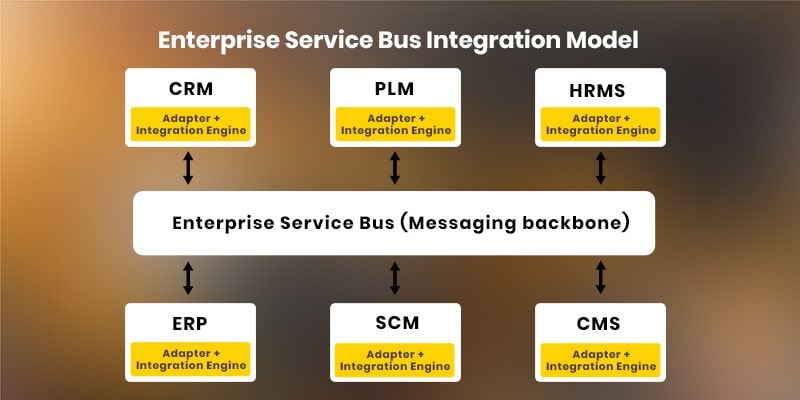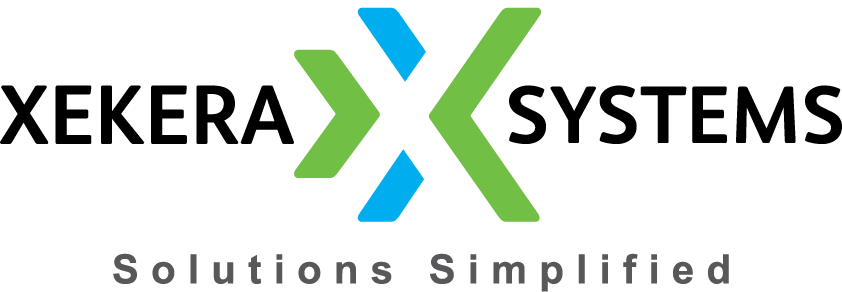First, every industry has its own set of requirements. The magic gate of system integration enables the enterprise to create a bright future. It helps in integrating hardware machines with mobile applications and software for effective results.

Do you have an idea of how hardware and software integration can make your work day as smooth as butter? We involuntarily use synchronized devices at work, but what does this process look like in practice?
The global system integration market size is estimated to grow from 2021 to 2027 at a Compound Annual Growth Rate,i.e., CAGR of 8.5%!
The intellectual process of bringing hardware devices and virtual systems together to work as a single unified system for better results is called a system integration solution.
Remember when Apple first came up with FaceTime? This revolution in 2010 eliminated the need to download third-party apps for video calling with friends. They integrated a video call switch during a voice call and captured the market.
Another innovation in the field of smart systems is the concept of the smart switch product. This technology helps ensure minimal energy wastage and safety against electrical hazards.
What are the goals of system integration?
While the primary purpose of systems integration is to get all parts of an organization to “talk” to each other, the remaining goals are:
- Improve the productivity and quality of your operations.
- Speed up the flow of information.
- Extend the availability of various application services.
- Reduce operating costs.
System integration: types and concepts
We know how ERP systems focus on collecting financial data, while CRM collects and compiles customer information. But what are the approaches involved in integrating these systems?
Let’s explore the three main approaches to software-hardware integration:
#1 – Enterprise Application Integration (EAI)
EAI plays a leading role in unifying and synchronizing all subsystems in the enterprise microenvironment. Companies are incorporating more business applications to streamline their back-end processes. Each application collects large amounts of data separately because there is no point of convergence between them. EAI brings all application functions into a common business chain and enables real-time data exchange between different applications.
#2 – Third Party System Integration Software
First of all, we always suggest our clients to choose a third-party integration concept under two conditions:
If your company can’t afford to build tools, we can easily integrate the third-party tools and applications you use.
OR
If your company does not have the time and patience to wait for custom tools.
Our team has expertise in integrating various tools to make our client company’s workflow easy.
#3 – Business-to-Business integration (B2B)
Although all business operations are different, there are two things that all organizations have in common. As follows:
- Exchange of documents
- Making payments
B2B helps in logical business process automation which helps in coordination with suppliers, partners, creditors, agents etc.
System Integration Solutions Approaches
Each system is programmed with a different code base, and therefore the perspective of its integration takes place in a different way.
Below we have explained three new approaches along with their model sketches for custom hardware software integration.
#1 P2P or Star Integration or Spaghetti Approach
Point to Point integration architecture includes a pattern that directly connects applications with all other systems it needs to work with. During transmission, data is extracted from one system and programmed to be edited or modified before being transmitted to another system.

Pro – Rapid creation of small integrated systems.
Con – Hard to scale and one has to manage multiple integrations.
#2 Hub-and-Spoke Model Approach
In fact, a central hub connects all the subsystems in this architecture for internal communication.

- Hub is a centralized middleware for all communication. It is responsible for translating operations into one language and routing messages to their intended destinations.
- The spokes are the adapters that connect the hub to the subsystems. These run on individual management.
#3 Enterprise Service Bus (ESB) Approach
ESB architecture, also known as horizontal integration, involves creating a separate user interface layer that connects multiple subsystems.

Uniquely, each system has its own specialized integration engine and adapter for translating messages back and forth in supported formats.
The best part about ESB? In conjunction with cloud services, ESBs deliver amazing results.
The Building Blocks of System Integration: Explaining the Implementation Process
The process of integrating different hardware, software and applications is unique to each integration project. Nevertheless, there are a few basic steps that can generally be followed:
Step 1 – Preliminary planning and analysis
The system integration process begins with an assessment of hardware equipment as well as embedded software development systems to map out a strategy. This step also includes writing down the scope, cost, list of requirements, possible threats and size of the project.
Step 2 – Modeling the architecture
To explain, phase two is the most challenging and demanding. Once the plan is ready on paper, the next step is to create its model structure. This plan will help decide how the participating systems will communicate with each other.
Step 3 – Putting Together Everything
This step involves running tests and quality control on the newly integrated hardware-software system. Another key point is that the shorter the integration process, the better the result.
Step 4 – Lifetime Maintenance
After deployment, regular maintenance of the system is essential. You can run tests from time to time to make sure all features are running smoothly; therefore you can avoid mistakes. Assuming this is an ongoing process.
Hardware and Software Integration Challenges
There are hurdles an IT company would have to overcome to integrate the two data systems. Let’s walk you through it step by step:
Problem #1 – Too many systems
First, if there are many data sources, it is obvious that a huge amount of data needs to be integrated. Imagine it’s all in different versions; how much time and effort you will consume to complete the same.
Problem #2 – After Go-LIVE maintenance
Second, deploying an application or software does not mean the task is over. The real hustle is maintaining the integration of the hardware system with the software, locating bugs, fixing them, etc. Similarly, there is a lot of work after deployment when it comes to integrated systems. And it’s not easy to debug and keep up with problems every time.
Problem #3 – Lack of a consolidated approach
When integrating systems, data must be consolidated and synchronized. If not, there is a high probability of errors due to inconsistencies in the data.
Discuss your integration challenges with us, and we will provide a solution to you within 24 hours.
Problem #4 -Too Many Customizations
If there is too much customization in system integration procedures, the maintenance and upgrade part becomes a nightmare. Moreover, it is also very time consuming.
Problem #5 – Lack of effective resources
A lack of quality resources can lead to one common problem – inefficient software and hardware integration.
- Money
- Time
- Smart staff
Closure on Hardware-Software System Integration
We make sure you use the best apps and software to simplify your organization’s operations. Imagine the result of integrated systems that reduce costs and improve overall functionality.
In addition, with our exceptional hardware and software system integration services, Xekera Systems promises to help you with:
- It brings business agility
- Achieving operational efficiency
- Get better bottom line results
Schedule a call with us today to learn more about how we can simplify your work patterns.
System Integration Services – Frequently Asked Questions
Q1. How is the integration between hardware and software?
Integration between hardware and software takes place using a support program. This program tells the hardware to perform functions on the data. The firmware also carries communications in and out.
Q2. Why is system integration and architecture important?
Without system integration and architecture design, it is impossible to enable communication between two or more heterogeneous programs and applications.
Q3. What are the types of system integration?
There are basically three types of hardware and software integration. As follows:
1 – Enterprise Application Integration (EAI)
2 – Third Party Integration
3 – Business-to-Business integration (B2B)
Q4. How does system integration work?
Simply put, hardware engineering services integrate software and applications. Different programs create connections between these components and in turn help to make work easier.
Q5. What are system integration tools?
The choice of tools depends entirely on system integration technologies:
● Application and software integration tools – Apple Xcode, Microsoft Visual Studio, Eclipse IDE, Android Studio.
● Embedded Systems Integration Tools – IAR EWARM IDE, Freescale/Metrowerks, CodeWarrior, Atmel Studio and Arduino, Green Hills Software/Multi.




Very Informative thanks for sharing
Good post. I absolutely appreciate this website. Thanks!